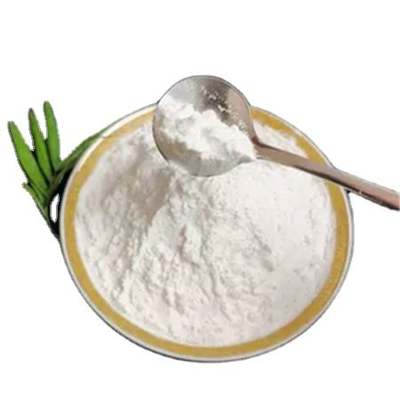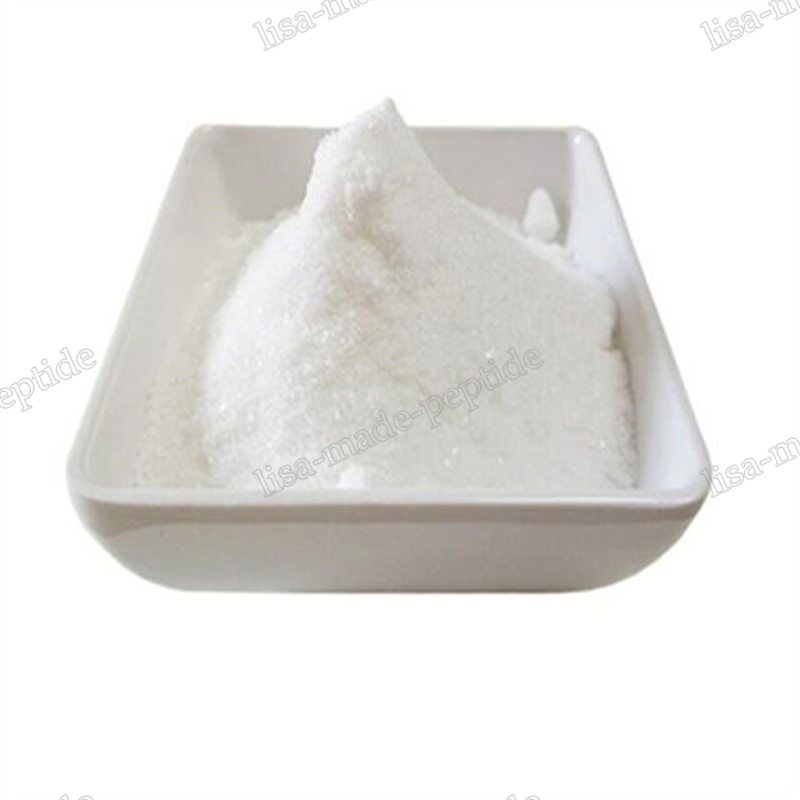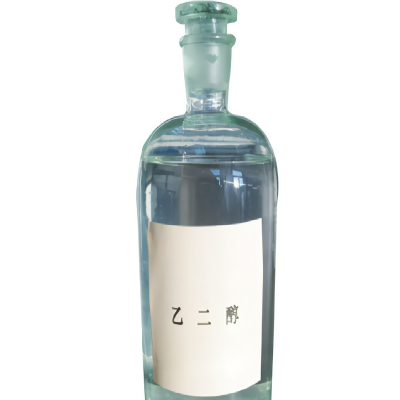-
Categories
-
Pharmaceutical Intermediates
-
Active Pharmaceutical Ingredients
-
Food Additives
- Industrial Coatings
- Agrochemicals
- Dyes and Pigments
- Surfactant
- Flavors and Fragrances
- Chemical Reagents
- Catalyst and Auxiliary
- Natural Products
- Inorganic Chemistry
-
Organic Chemistry
-
Biochemical Engineering
- Analytical Chemistry
-
Cosmetic Ingredient
- Water Treatment Chemical
-
Pharmaceutical Intermediates
Promotion
ECHEMI Mall
Wholesale
Weekly Price
Exhibition
News
-
Trade Service
[ Focus on Chemical Machinery and Equipment Network ] Pharmaceutical wastewater has the characteristics of complex components, various organic pollutants and high concentrations, and contains difficult-to-biodegradable and toxic substances.
How to deal with it is often a headache for pharmaceutical companies.
Chemical machinery and equipment network hotspots pay attention to chemical machinery and equipmentHow to deal with it is often a headache for pharmaceutical companies.
In recent years, my country has successively promulgated wastewater pollution discharge standards, which put forward higher requirements for the treatment and discharge of pharmaceutical wastewater.
At the same time, the "Catalogue of Industrial Water-saving Processes, Technologies and Equipment Encouraged by the State (2019)" included the pharmaceutical wastewater treatment and reuse technology, which is to pass the biochemical and physical chemical treatment of pharmaceutical wastewater through softening, sand filtration, ultrafiltration, Reverse osmosis, super reverse osmosis, multi-effect evaporation and other processes are further processed to achieve water saving, emission reduction and resource recycling and reuse.
In the next five years, the promotion rate of this technology is expected to reach 20%, and the water-saving capacity will reach 10 million cubic meters per year.
At the same time, the "Catalogue of Industrial Water-saving Processes, Technologies and Equipment Encouraged by the State (2019)" included the pharmaceutical wastewater treatment and reuse technology, which is to pass the biochemical and physical chemical treatment of pharmaceutical wastewater through softening, sand filtration, ultrafiltration, Reverse osmosis, super reverse osmosis, multi-effect evaporation and other processes are further processed to achieve water saving, emission reduction and resource recycling and reuse.
In the next five years, the promotion rate of this technology is expected to reach 20%, and the water-saving capacity will reach 10 million cubic meters per year.
It can be seen that with the deepening of the concept of energy conservation and environmental protection and the advancement of a series of policies, pharmaceutical companies will be further forced to accelerate the pace of wastewater pollution control.
In this context, it is of great significance to increase the research intensity of wastewater treatment technology.
In this context, it is of great significance to increase the research intensity of wastewater treatment technology.
Pharmaceutical wastewater treatment process
Pharmaceutical wastewater treatment processThe water quality characteristics of pharmaceutical wastewater present high concentration of organic pollutants, high COD, high BOD, high ammonia nitrogen, deep color, and high suspended solids.
Due to the special physical signs of water quality, most of the pharmaceutical wastewater cannot meet the standard only by traditional biochemical treatment.
In order to meet the treatment standards, pretreatment is generally required before biochemical treatment.
So, how to do preprocessing?
In order to meet the treatment standards, pretreatment is generally required before biochemical treatment.
So, how to do preprocessing?
It is understood that it is necessary to set up an adjustment tank first to adjust the water quality, quantity and PH, and at the same time, it is necessary to select the appropriate physicochemical or chemical method as the pretreatment process according to the actual situation, so as to reduce the SS, salinity and part of COD in the water.
The function of pretreatment is to reduce the bio-inhibitory substances in the pharmaceutical wastewater, thereby improving the degradability of the wastewater, and facilitating the subsequent biochemical treatment of the wastewater.
After pretreatment, the wastewater needs to be treated with appropriate anaerobic and aerobic processes according to its water quality characteristics.
The specific process selection needs to consider factors such as the nature of the wastewater, the process treatment effect, infrastructure investment, operation and maintenance and other factors, and try to be as technical as possible Feasible and economical.
The overall process route can be divided into pretreatment-anaerobic-aerobic-(post-treatment) combined technology.
The specific process selection needs to consider factors such as the nature of the wastewater, the process treatment effect, infrastructure investment, operation and maintenance and other factors, and try to be as technical as possible Feasible and economical.
The overall process route can be divided into pretreatment-anaerobic-aerobic-(post-treatment) combined technology.
Membrane separation technology or let wastewater "degenerate"
Membrane separation technology or let wastewater "degenerate" Compared with traditional methods, membrane separation technology can not only effectively separate pollutants in wastewater, but also enable wastewater to "transform".
When the pharmaceutical wastewater is treated, the produced water can be directly reused or discharged.
Further reduce the company's water consumption, and then reduce the company's production costs.
When the pharmaceutical wastewater is treated, the produced water can be directly reused or discharged.
Further reduce the company's water consumption, and then reduce the company's production costs.
Among them, DTRO membrane technology is a high-efficiency membrane separation technology that has emerged in China in recent years.
It has the advantages of super anti-pollution ability, high concentration rate, and good effluent quality.
It has a very significant effect on the desalination of pharmaceutical wastewater.
The rate is as high as 95%.
It has the advantages of super anti-pollution ability, high concentration rate, and good effluent quality.
It has a very significant effect on the desalination of pharmaceutical wastewater.
The rate is as high as 95%.
The author understands that some current suppliers dedicated to providing users with integrated solutions for membrane integration technology are increasing R&D efforts in the field of membrane technology to solve their pain points.
For example, in view of the disadvantages of traditional reverse osmosis, such as low recovery rate, easy clogging, and frequent cleaning, some manufacturers have developed DTRO disc tube reverse osmosis membranes on this basis.
This kind of membrane has an open flow channel, which can be avoided to a greater extent.
Fouling and fouling of the membrane.
For example, in view of the disadvantages of traditional reverse osmosis, such as low recovery rate, easy clogging, and frequent cleaning, some manufacturers have developed DTRO disc tube reverse osmosis membranes on this basis.
This kind of membrane has an open flow channel, which can be avoided to a greater extent.
Fouling and fouling of the membrane.
It is understood that when the two-stage DTRO membrane needs to be further concentrated, the pharmaceutical wastewater will enter the first-stage disc tube reverse osmosis system to remove soluble salts, colloids, organic matter and microorganisms in the water, and the reverse osmosis product water will enter the subsequent process to continue the concentration treatment .
The secondary DTRO membrane can further concentrate the effluent of the primary DTRO membrane, and the evaporative crystallization device can be used to further crystallize the salt, realize zero discharge of wastewater, and help pharmaceutical companies achieve the development goals of recyclable, sustainable, economic and environmental protection.
Original title: difficult to treat pharmaceutical wastewater? Membrane separation technology or let wastewater "degenerate"







